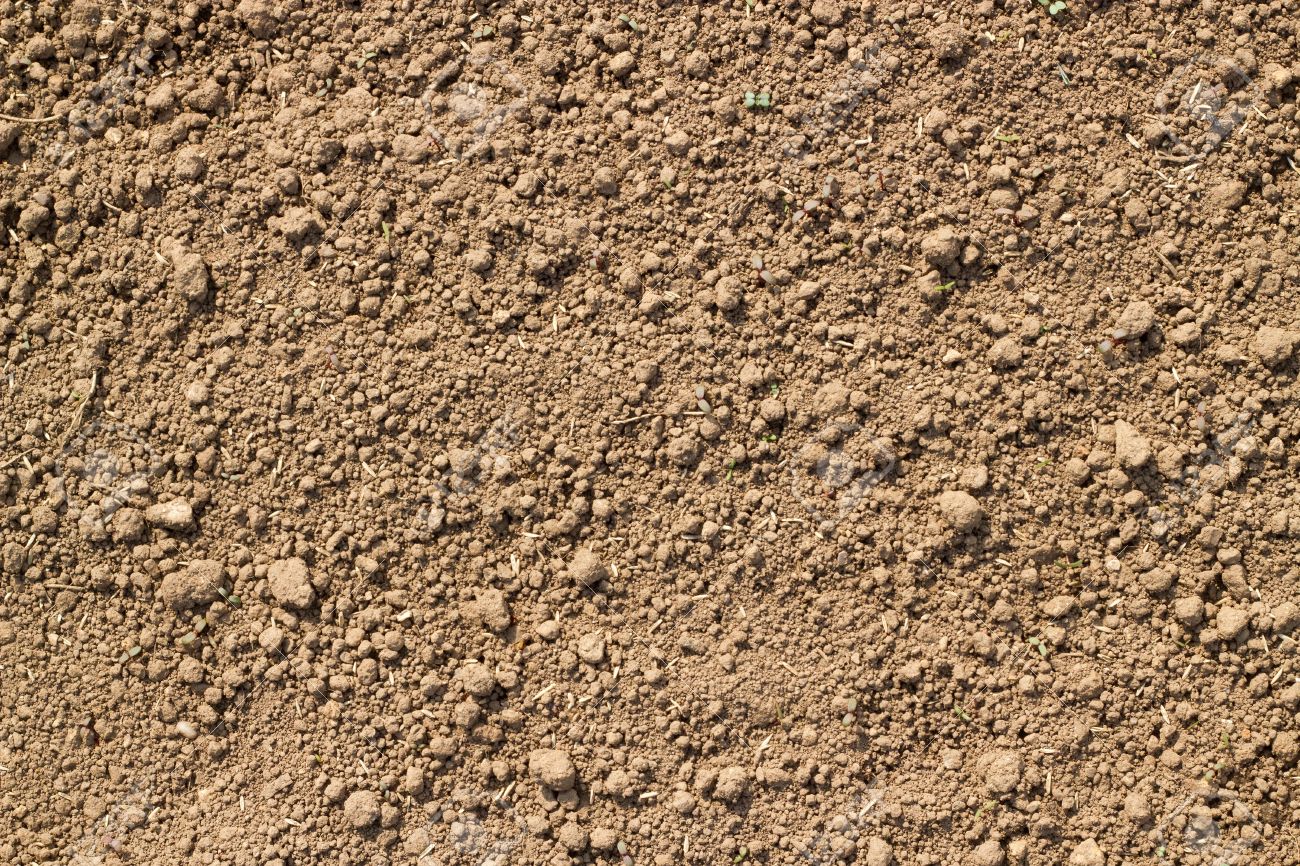Soil Texture Assessment
Soil Texture indicates the relative content of particles of various sizes, such as sand, silt and clay in the soil. Texture influences the ease with which soil can be worked, the amount of water and air it holds, and the rate at which water can enter and move through soil.
Moist-Cast Test For Soil Texture
Compress some moist soil by squeezing it in your hand. If the soil holds together (i.e., forms a cast), test the strength of the cast by losing it from hand to hand. The more durable it is, the higher the clay content.
Ribbon Test
Moist soil is rolled into a cylindrical shape and then squeezed out between the thumb and forefinger to form the longest and thinnest ribbon possible. Clay forms the longest, thinned ribbons.
Feel Tests
Graininess Test- Soil is rubbed between the thumb and forefinger to assess the sand percentage, where sand has a grainy feel. Silt, on the other hand, feels slippery. Stickiness Test- Soil is moistened and compressed between the thumb and forefinger.
The degree of stickiness is determined by noting how strongly it adheres to the thumb and forefinger upon release of pressure, and how much it stretches.
Shine Test
A small amount of moderately dry soil is rolled into a ball and rubbed once or twice against a hand, smooth object such as a knife blade or thumbnail. A shine on the ball indicates clay in the soil.

